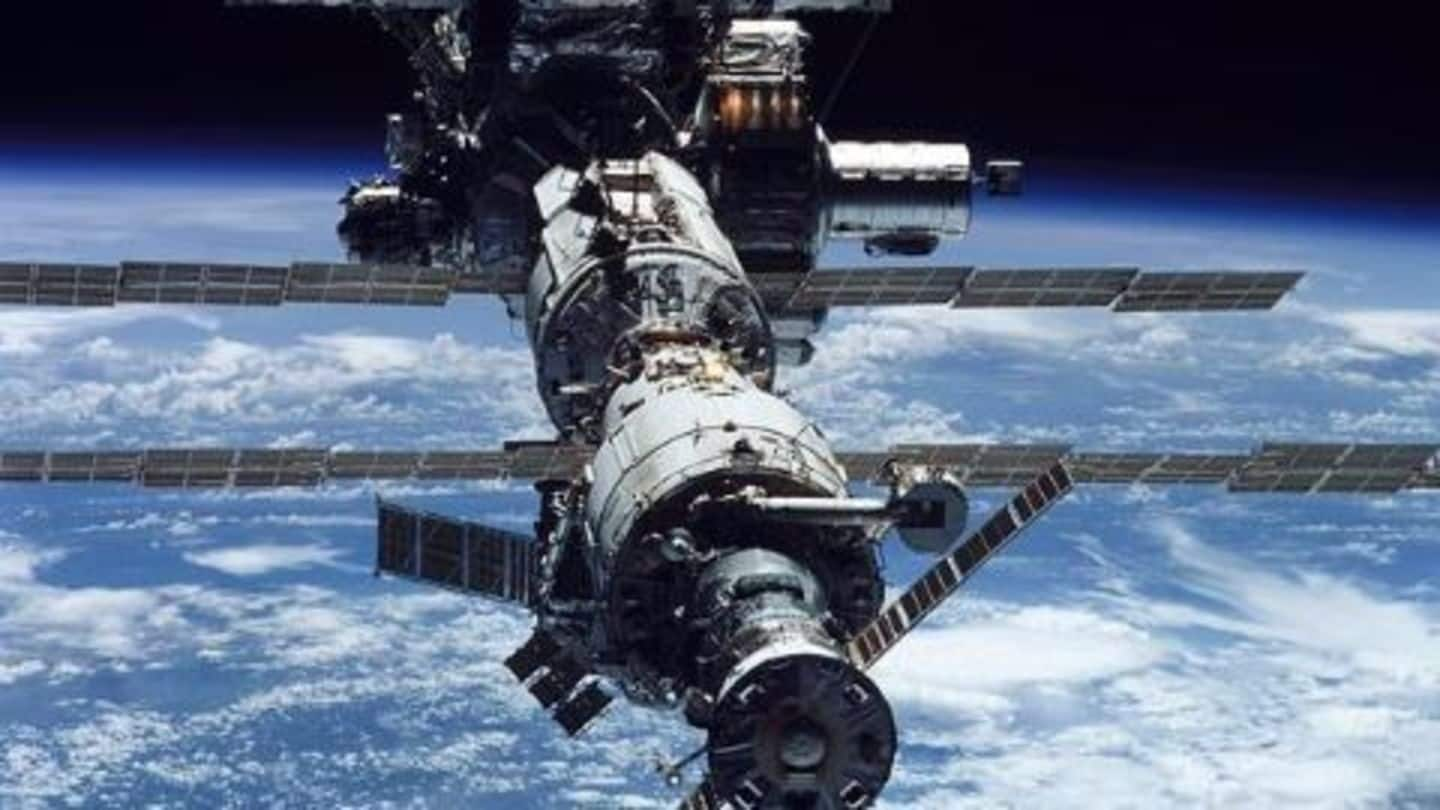
Inflatable module to be installed in ISS
What's the story
The Bigelow Expandable Activity Module (BEAM), an experimental inflatable space habitat, is set to be installed in the International Space Station (ISS).
BEAM will be attached to the ISS' Tranquility module over a period of four hours according to NASA.
Ground controllers at NASA's Johnson Space Centre will control the installation using the ISS' robotic arm, while astronauts aboard the ISS secure the module.
BEAM
What is the BEAM?
The Bigelow Expandable Activity Module (BEAM) is a $17.8 million project that aims to test the use of an inflatable space habitat.
The BEAM consists of an aluminium structure, two metal bulkheads, and layers of soft fabric with spacing between the layers, protecting an internal restraint and bladder system.
In its compressed form, the BEAM is 7 ft in diameter and 8 ft long.
Historical
The first inflatable space habitats
In 2006 and 2007, Bigelow Aerospace launched two inflatable test modules, Genesis I and Genesis II, into orbit to test whether expandable space habitats could survive the "rigors of launch". Both remain in orbit to this day.
Reasons
Why use inflatable habitats?
Unlike conventional metal space habitats, inflatable habitats are much cheaper to put into orbit because of their low weight.
The BEAM's density, i.e. mass by volume, is a mere 88 kg per cubic meter.
By comparison, the ISS' U.S. lab, Destiny, has a density of 137 kg per cubic meter.
Furthermore, inflatable habitats take up much less space on a rocket.
10 Apr 2016
SpaceX's Dragon cargo capsule arrives at the ISS
SpaceX's Dragon cargo capsule was successfully captured at 1123 GMT by astronaut Tim Peake using the International Space Station's (ISS) robotic arm.
The Dragon was launched into space by SpaceX's Falcon 9 rocket which was then landed on a floating drone ship in the Atlantic Ocean.
Among the 3,200 kg of cargo onboard the Dragon, there is an experimental 1,400 kg inflatable space habitat.
Tests
BEAM will be tested for 2 years
Following its installation, the BEAM will remain attached to the ISS for the next two years.
Over the course of two years, astronauts will spend several hours inside the BEAM at a time and retrieve sensor data and assess conditions.
The tests will allow scientists to gauge how well the BEAM fares against solar radiation, orbital debris and the extreme temperatures of space.